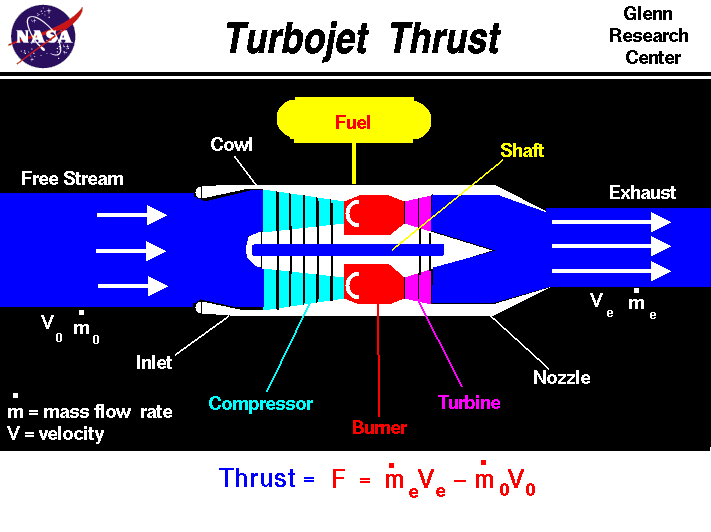ORIGINAL: rctech2k7
ORIGINAL: Dr Honda
ORIGINAL: ww2birds
Remember on Gilligan's island when Gilligan would hear and argument and agree with both sides?
I think that Dr. Honda is saying that it's hard to compute thrust for a specific turbine design just from basic parameters like inlet diameter, rpm, etc. That seems reasonable, they are complex beasts and there is so much art in the combustion chamber and NGV to name two that seem a little spooky .. you would not expect to take the mechanical drawings of a model turbine and make an accurate prediction of thrust with hobbyist-level math and computations.. if you had access to supercomputers and hydrodynamics codes as P+W does .. well different story .. but sadly we don't :-(
..................
Dave
Exactly.
The thing is... if someone has done some EXPERIMENTS on power with different temps, humidity, altitude.... etc. Then we can build some ''Curve fitting'' equations. With experimental data... we don't need the ''True Physics''... we just need a generalization. And... for hobby related info... it's close enough. I was un-aware of anyone doing good, back-to-back/comparison data, with altitude, on our engines. And to be accurate/usable data... it has to be THE SAME ENGINE AND TEST RIG used in all the tests. Saying... ''my K80 made 18lbs of thrust ast sea level... and Joe-Bob's K80 made 17lbs at 4000' MSL'' insn't usable data. That thrust change is still within the error of the engine, and the people operating it... and in the test rig.
BUT......... to have an accurate, generalized equation for thrust lost in a pure jet.... it's impossible.
Oh... did I mention that I have a Degree in Physics... worked in an R&D lab for 8 years.... and now own my own shop, and I build engines??? (lol)
I agree, it’s really complicated to determine parameters of an engine, because it takes time and some guts to analyze thermodynamics process. To be practical I just used value on the output side of an engine and get comparison between the test result. It also eliminate other variable including constant... BTW, I've got mistake here, I should consider intake airflow because in reality air accelerates around the turbine and becomes free stream. So even the engine is on a test stand it has airspeed when it's running.
Here's the formula for Thrust from
http://www.grc.nasa.gov/WWW/k-12/airplane/turbth.html so we can solve it again.

BTW, rctech2k7 is a short for RCTech2007. Rctech was taken when I signed up but since I started in RC on year 2007 I used 2k7, where ''k'' is derived from a technical prefix kilo.
Good to know that we have someone here with degree of Physics, very interesting... You might help us about adiabatic expansion. BTW, my background is electrical engineering. What I've also learned makes me to appreciate the network and technical part of this hobby specially the high energy performance of our jets, flight control system, etc...
Let's go back to the topic, I tried to approximate using this formula and it's almost the same although the fuel consumption might change it slightly when running at low air density where mass flow to the exhaust will increase...
There are to many inconsestant variables to give a defined theory used, to give a fixed equasion for constant IE- mmHg, ambient C, fuel density, internal pressure ratios per engine so on.
If you were to do your testing it would take LARGE samples with all of the given probalaties differentially mixed to get a defined equasion for a specific engine but it would not translate to any other engine.
The applied math I see being used here is quite accurate m2,v2-m1,v1 but all of the other factors have to be put into the equation as well. It could become a job for a couple of weeks to identify one engines parameters itself.
I think the values given by WREN are probally the quickest and easiest to use.
Tim
Biological Engineer